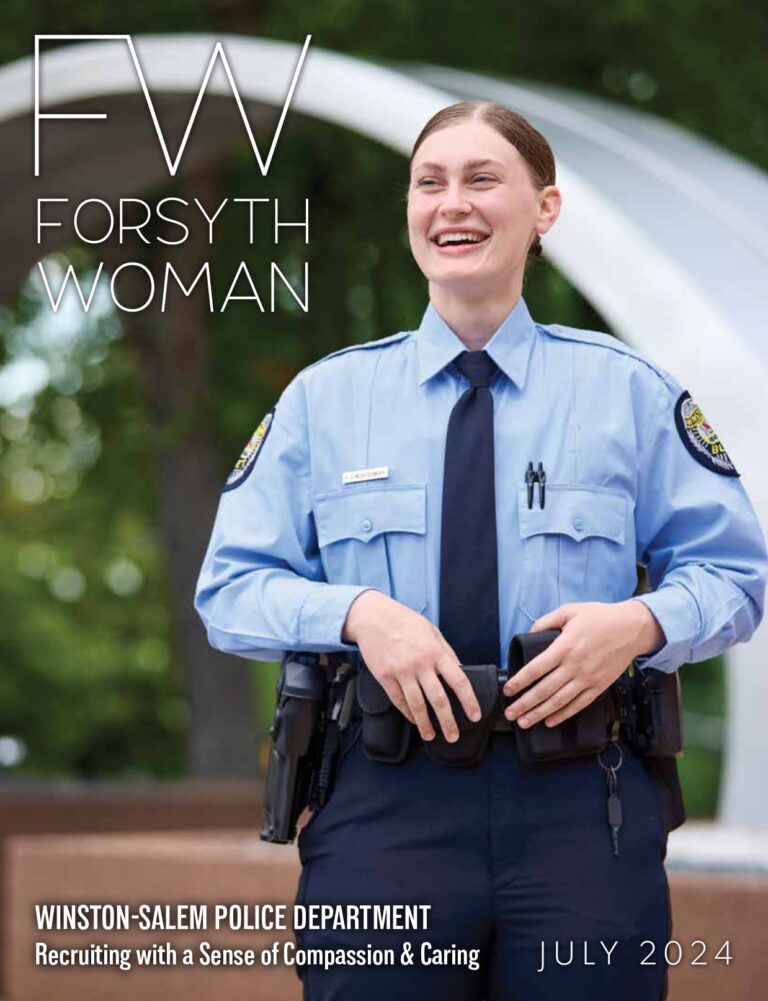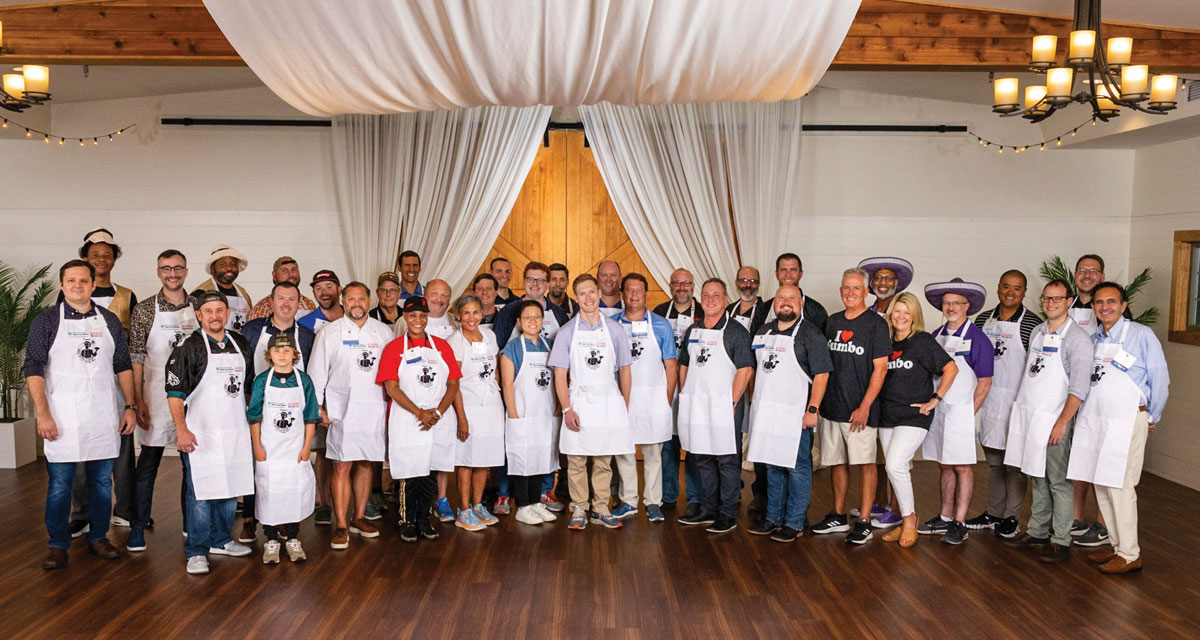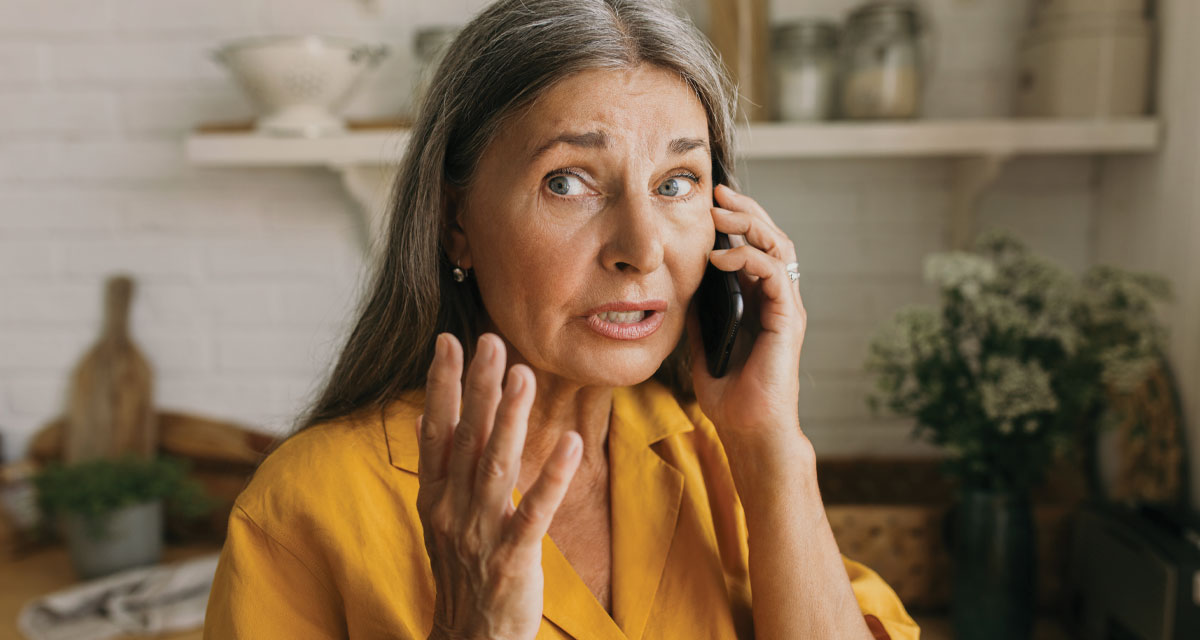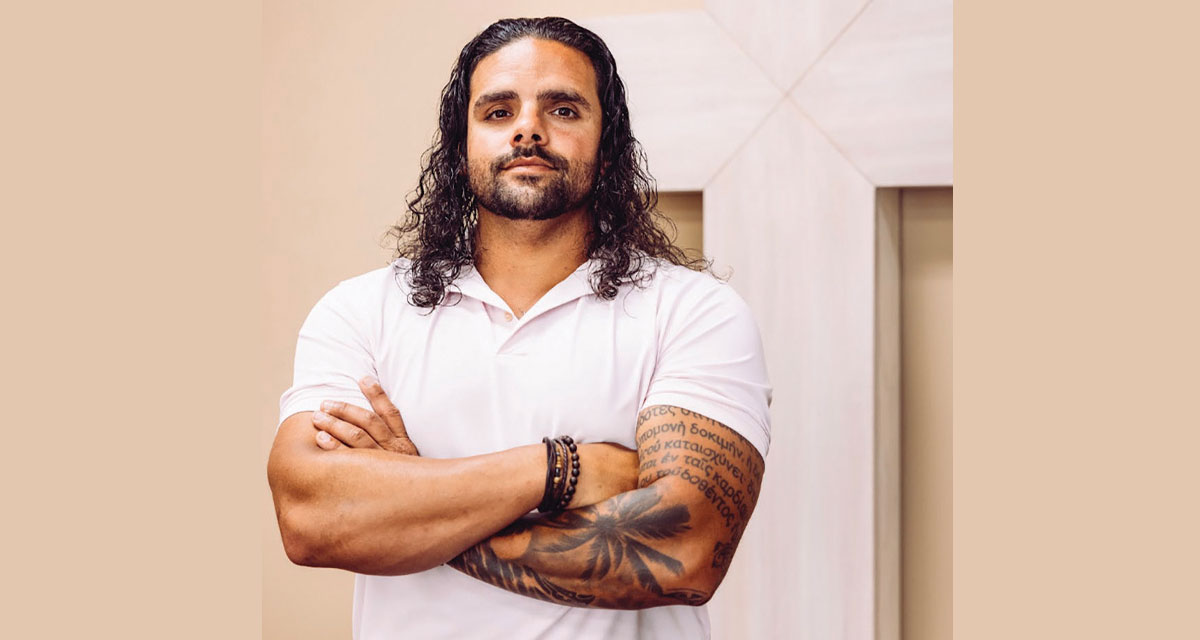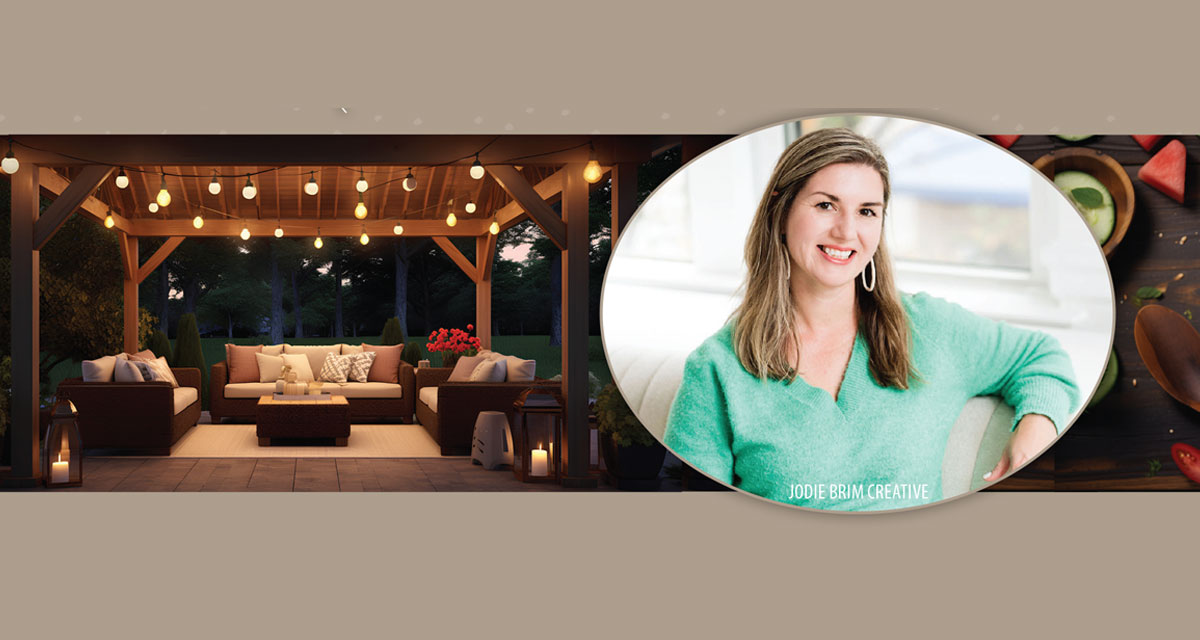What did you do on the first day of fall this year? Saturday, September 22, ushered in the fall season and I hope you spent the day falling in love, falling asleep in a hammock, falling into favor with an in-law, or maybe falling into good luck with a scratch-off lottery ticket or falling for a funny joke. What I hope you didn’t do was fall down – literally. The first day of fall every year is designated as National Fall Prevention Day because “falling down” has become an epidemic-like, serious health care problem with older adults. According to the Center for Disease Control (CDC), “Every second of every day in the United States an older adult falls, making falls the number one cause of injuries and deaths from injury among older Americans.” Each year more than 27,000 older adults die due to falls, which the National Council on Aging (NCOA) reports can herald the end of independence, as well as the end of life. Another staggering statistic is that more than 10,000 Americans “fall” into the category of “older” and Medicare eligible each and every day. This is important as increasing age is one of the major risk factors for falls in adults, though we can’t change our age. Most falls are caused by a combination of risk factors, some that can be modified and some that are not modifiable. The more risk factors a person has, the greater their chances of falling. We can change major risk factors for falls including:
- Lower body weakness
- Vitamin D deficiency (that is, not enough vitamin D in your system)
- Difficulties with walking and balance
- Use of medicines, such as tranquilizers, sedatives, or antidepressants. Even some over-the-counter medicines can affect balance and how steady you are on your feet.
- Vision problems
- Foot pain or poor footwear
- Home hazards or dangers such as
o broken or uneven steps, and
o throw rugs or clutter that can be tripped over.
If you are wondering if you are at risk for falls, ask yourself these questions:
- Have I fallen in the past year?
- Do I feel unsteady when standing or walking?
- Do I worry about falling?
If you answer “yes” to any of these key screening questions, you are considered at increased risk of falling and should obtain further assessment from a medical provider, such as a physician or physical therapist. In the meantime, you can take these simple steps to prevent a fall:
- Talk to your healthcare provider about falls and fall prevention. Tell your provider if you’ve had a recent fall. Although one out of four older Americans falls each year, less than half tell their doctor.
- Talk to your provider or pharmacist about medications that may make you more likely to fall.
- Have your eyes checked by an eye doctor once a year. Update eyeglasses as needed.
- Participate in programs like Tai Chi that can improve your balance and strengthen your legs. Contact your local Council on Aging for information about what is available in your community.
- Make your home safer by getting rid of fall hazards.
Take these tips to heart and try not to fall for the old saying, “That won’t ever happen to me.”
For more information on the NCOA, see ncoa.org. For more information on CDC’s STEADI initiative, see cdc.gov/steadi. For more information about Administration on Community Living falls prevention programs, see aoa.acl.gov/AoA_Programs/HPW/Falls_Prevention.




